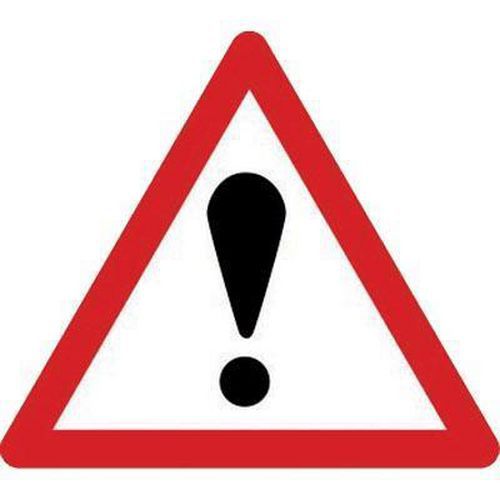- Home
- Class Pages
- Year 4
- Working from home
- 1. January working from home
- Week beginning 25 January 2021
- 25 January 2021
25 January 2021
|
PSCHE: Today, we will be thinking about what puts us into the yellow zone. What triggers us. For example, I am in the yellow zone when I feel like I have too much to do and not enough time to do it. I know that I need to proceed with caution when this happens so I don’t end up in the red zone. When I feel like I have too much to complete, it can make me feel stressed and anxious and can sometimes push me into the red zone. This is called a TRIGGER We must be aware of them, so we can take CAUTION.
When you see a caution sign in every day life, you need to prepare yourself for something out of the ordinary,. For example ‘CAUTION- slippery when wet.’ Today, you will be creating your own caution sign. You must surround it with your own triggers. Look at the example below for ideas. All of our triggers will be different. Things to think about:
|
- Why is it useful to know other’s triggers?
Maths
Today, we are continuing our work on dividing 2 digits by 1.
How many different ways can you think of which mean divide?
We will be moving on to division problems with remainders.
Do you know what a remainder is?
There are many ways we can do division problems which involve remainders.
We can use place value counters:
Numberlines:
Have a look at the PowerPoint and then try the worksheet.
Spellings
We will watch the video for our new spelling unit (7) in our English Zoom session. For the next two weeks, we will be focusing on the 'ous' sound. Once you have watched it, please have a go at Spelling Zone of Unit 7 in your purple books.
English
I know lots of us are interested in animals, so I have found a reading comprehension to inform us about humpback whales. Pick the level which suits you and then mark your answers at the end.
Here are the questions we will think about when reading How to Train your Dragon:
1.What was the name of the rival Viking tribe?
2. What was the weather like?
3. Which competition did Gobber enter?
4. How do we know Stoick is proud of his son?
5. Do you think Toothless is a common garden dragon?
French
Today, we will be learning how to say certain animals in French. Some of the words are very similar to our English words.
Watch this video, to help you pronounce and learn them:
https://www.youtube.com/watch?v=v1eI_UoR6Qo&safe=true
le tigre = tiger
l'elephant = elephant
l'hippopotamme = hippo
le flamant rose = flamingo
l'ours = bear
le lion = lion
la giraffe = giraffe
le singe = monkey
le crocodile = crocodile
le pinguoin = penguin
la souris = mouse

Lecon 4
Activity 1:
Fit the French animal names into' the crossword
Activity 2:
See if you remember the name for each animal in French, by answering 'Comment dit-on 'tiger' en Francais?'
Lecon 5
Activity 1
Join the beginning and end of the words to find the animals- e.g. lapin
Activity 2:
Work out which animal is being described. E.g. il est feroce = he is fierce= a lion
Activity 3:
Rearrange the words to make clear sentences. E.g. l'elephant est tres grand.

